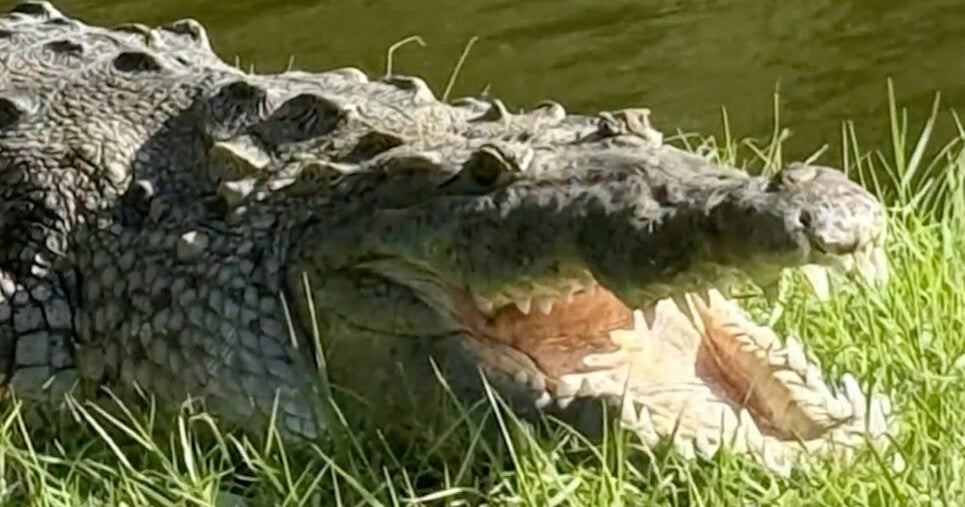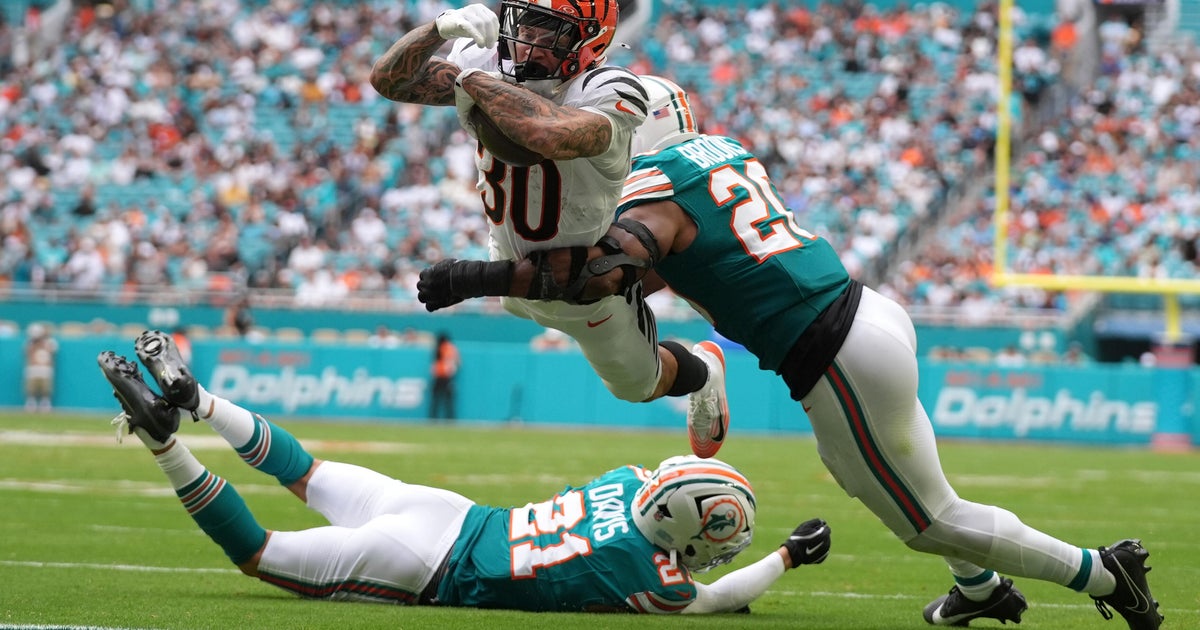A large American crocodile was captured and removed from a Florida canal after a resident recorded it swimming with a dog in its mouth, according to the Florida Fish and Wildlife Conservation Commission (FWC).
The disturbing scene unfolded Monday in South Patrick Shores, a census-designated area just north of Satellite Beach, in Central Florida. The reptile was seen not far from an elementary school and several homes, according to witnesses.
“It was just heartbreaking,” resident Zack Spurlock told local station WESH. “I mean, I’m a dog owner. I know they’re part of the family and so I couldn’t help but have my heart go out to them that their worst fear had come true.”
Spurlock said he rushed to the scene after receiving a text from a friend who saw the crocodile while walking with a baby in a stroller.
“Ten feet away is this 11-foot crocodile swimming with a golden retriever type breed in its mouth,” he said.
FWC officials confirmed the incident Tuesday, saying crews responded and eventually captured the crocodile. Fire rescue personnel and several neighbors gathered as wildlife officers worked to wrangle the animal.
In a statement, FWC confirmed the animal was “the only confirmed American crocodile documented in the area since 2018.” Officials added that “after careful consideration, the crocodile has been placed into permanent captivity.”
What to do during a Florida crocodile encounter
To stay safe around crocodiles, the FWC has several tips on how to do so:
- Keep your distance: If you see crocodiles, stay at least 20 feet away from them.
- Avoid the water at night: Crocodiles are the most active at dusk and dawn.
- Swim in designated areas: Only swim in areas where it’s safe to do so.
- Keep pets away: Keep your pets leashed and away from the water.
- Don’t feed them: It’s illegal and dangerous to feed crocodiles.
- Dispose of fish scraps properly. Throw away any fish scraps in designated containers and not in the water.
If a crocodile attacks you, the FWC said you should fight back if you can and make a lot of noise. If you’re able to move, hit and kick the crocodile or poke it in the eyes to escape. Once you’re away from the reptile, seek immediate medical attention.
If you are concerned about a crocodile, call the FWC at (866) 392-4286.
How to tell Florida’s crocodiles and alligators apart
While American crocodiles and American alligators may look similar at first glance, several distinct traits make it easy to tell them apart once you know what to look for.
- Build and snout: Crocodiles are leaner and more streamlined, whereas alligators have a bulkier, heavier frame. The most obvious clue is in the snout. Crocodiles have a long, pointed snout, while alligators’ are wider and rounded at the end.
- Teeth: The Florida Fish and Wildlife Conservation Commission notes that a crocodile’s fourth tooth on each side of the lower jaw stays visible even when its mouth is shut. In alligators, that same tooth disappears when the mouth is closed.
- Color: Crocodiles tend to have a lighter gray or olive tone, while alligators are darker, almost black, which helps them blend into murkier freshwater environments.
- Habitat: Crocodiles favor South Florida’s coastal zones and brackish waterways such as mangroves, canals and estuaries. Alligators, by contrast, are freshwater dwellers that populate lakes, ponds and marshes across the state. As a result, crocodiles are rarely spotted far from saltwater, while alligators are common well inland.



